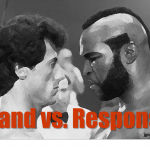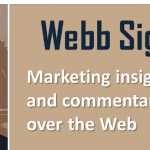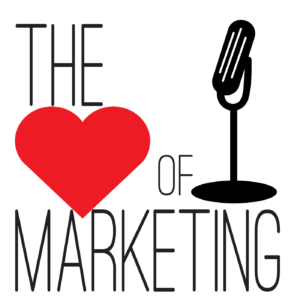There is a difference between Web copy and Web content. It is the difference between getting subscribers, clicks and customers – and being ignored. Or worse.
Here is an example that illustrates the point.
A year ago I was searching on LinkedIn for people with SEO expertise. When I went to the top ranked profile I could see why he ranked first.
The keyword “SEO” was stuffed into every content area of the profile. He cleverly created 20 or more jobs in the experience section with only “SEO” copy/pasted into the descriptions hundreds of times.
He won the search battle, but lost the content war. It had absolutely zero value.
This is an extreme example, but it emphasizes the importance of the words on your Web page. Jakob Nielson, author of Designing Web Usability, said, “Better writing is probably the single most important improvement you can make to your site.”
That’s why it is critical for content marketers to know the subtle, but important, distinction between Web content and Web copy.
Web content consists of words (and images) that inform, edify, entertain or otherwise communicate to the reader. It includes items like news, press releases and transcripts.
Web copy is on-page text that persuades and results in new customer acquisition and sales. It includes blog posts, email marketing/newsletters, banner advertising, long-form content (like white papers and ebooks) and social media updates.
Unlike content, which readers passively consume, Web copy motivates action, much like direct response copy.
But writing copy for the Web requires a unique set of skills apart from traditional direct marketing and offline copywriting. There are distinctly different ways consumers behave, react and respond to online sales messages. Effective Web copy uses words and writing structure that appeal to people in the online environment.
Some of the key characteristics of response-driven Web copy are:
- It starts with a clear marketing objective – focused on getting a specific response
- It has a defined target audience – knows who you are talking to
- It is formatted to be easily scanned – optimized for Web reading
- It has an editorial writing style – people on the Web are not looking for another ad
- It has a focus on customer benefit, not product feature – speaks to a relevant need
- It has a strong emotional appeal – despite evolution, the lizard brain still rules human behavior
Web copy is content marketing
These characteristics help define content marketing. At least as it is defined by Joe Pulizzi of the Content Marketing Institute:
“Content marketing is a marketing technique of creating and distributing relevant and valuable content to attract, acquire and engage a clearly defined and understood target audience – with the objective of driving profitable customer action.”
The term ‘content marketing’ as we understand it was introduced in 2001. Yet much of the content published today misses the mark. Why? In large part, it’s because interactive marketers don’t know or haven’t embraced the distinction between Web content and Web copy.
Words are the currency of businesses on the Web. More than any other element of content, they have the power to persuade, influence and alter peoples’ beliefs. Marketers who fail to recognize this and continue to base their content strategy on traditional principles of PR, branding and broadcast copywriting will be edged out by savvy competitors.












Speak Your Mind